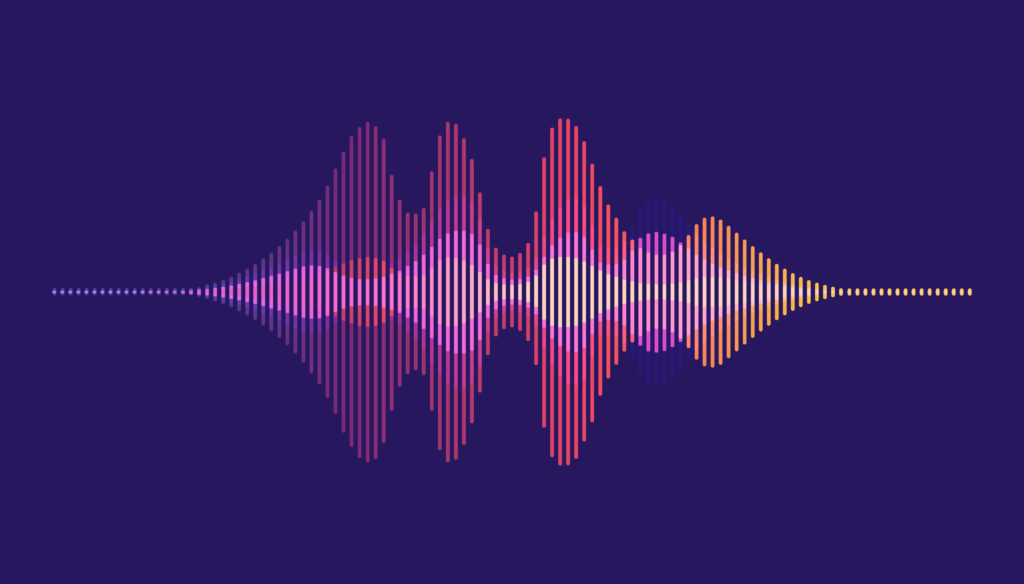In this activity, students discover how to simulate the sound of rain by making an ancient instrument called a rainstick.
Rainsticks are thought to originate in Latin America and the southern United States. People made them by drying a cactus (which is naturally hollow), and driving the needles into the cactus to smooth off its surface. The hollow cactus tube was then filled with beans or pebbles to simulate the noise of rain, and the ends were sealed.
In movies, sounds are often simulated since the real source is not available or are difficult to record "live," such as footsteps and falling rain.
"Foley artists" are people whose job is to make sure that the sounds in a movie are convincing. The Foley technique is named after Jack Foley, a sound editor for Universal Studios. Foleying is an excellent means of supplying the subtle sounds that production microphones often miss. The rustling of clothing, a squeak of a saddle when a rider mounts his horse, or the sound of falling rain give scenes a touch of realism.


